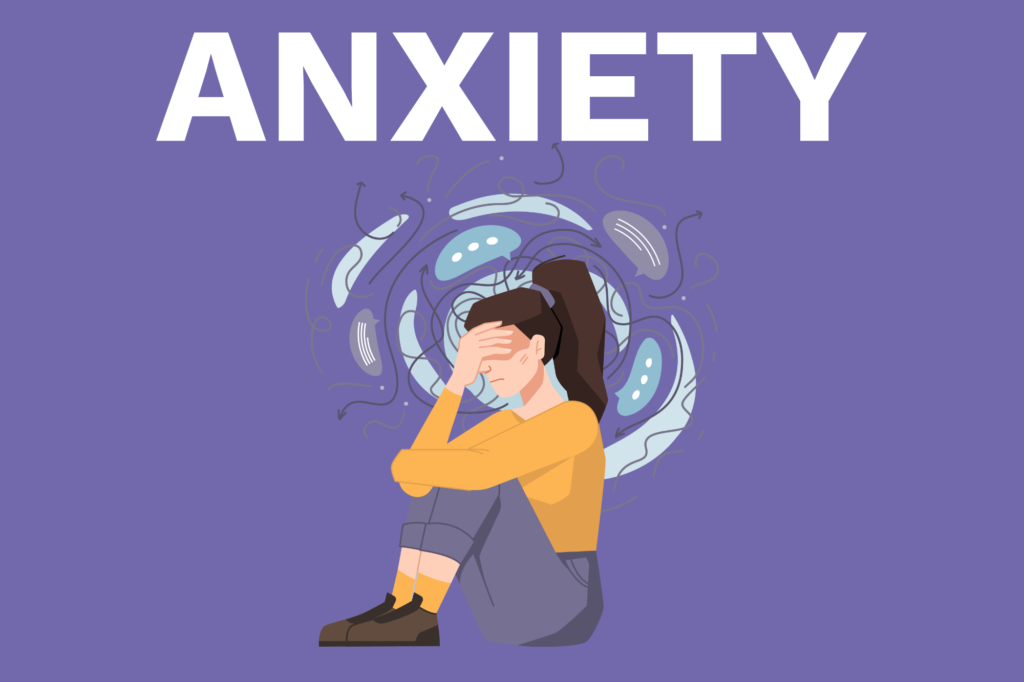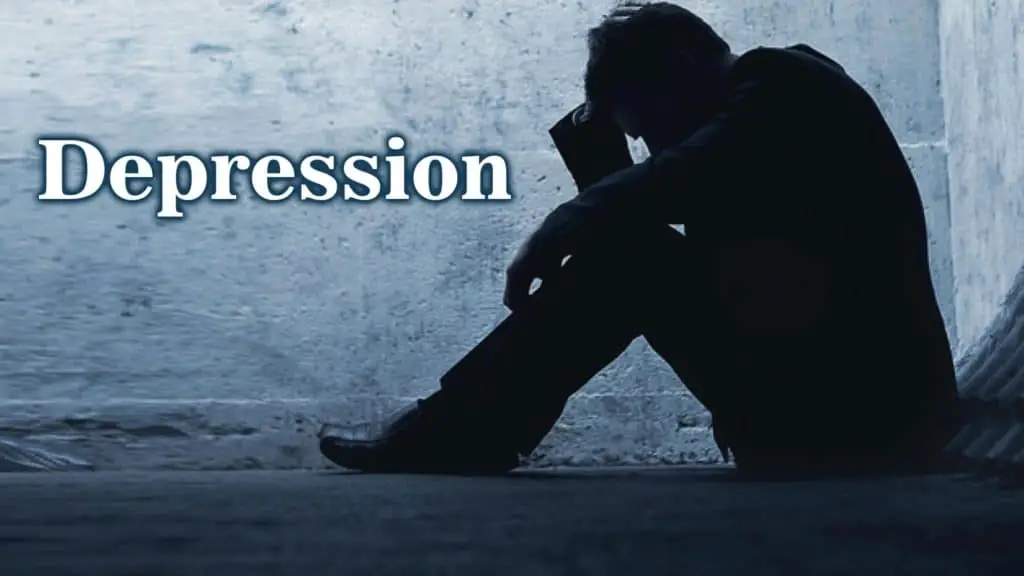Anxiety and depression are two of the most common mental health challenges people face today. While it’s normal to feel stressed or sad occasionally, these conditions are more than just temporary emotions. They can deeply affect how you think, feel, and live your life.
In this blog, we’ll break down what anxiety and depression are, how they’re different, their causes, and the types of each condition. By the end, you’ll have a clearer understanding of these conditions and how to address them.
Table of Contents
What Are Anxiety and Depression?
Let’s start by defining these terms in simple language:
Anxiety

Anxiety is the feeling of being nervous or worried about something that might happen in the future. Imagine the stress you feel before an exam or an important meeting—that’s anxiety. But for some people, this feeling doesn’t go away, even when there’s nothing specific to worry about.
Some common signs of anxiety include:
- Feeling restless or uneasy.
- A racing heart or sweaty palms.
- Overthinking situations.
- Avoiding people or places because of fear.
Occasional anxiety is a normal part of life. But when it’s constant and starts interfering with your daily routine, it becomes a problem that needs attention.
Depression

Depression is different from feeling sad. It’s a condition that makes you feel hopeless, drained of energy, and uninterested in things you used to enjoy. It’s like a heavy cloud that doesn’t lift, even when good things happen.
Common signs of depression include:
- Feeling sad or empty most of the time.
- Losing interest in activities you used to enjoy.
- Changes in eating or sleeping habits (too much or too little).
- Feeling tired all the time, even after resting.
- Thinking, “I’m not good enough” or “Life isn’t worth it.”
Depression can last for weeks, months, or even years if left untreated.
How Are Anxiety and Depression Different?
Although anxiety and depression can occur together, they’re not the same thing. Here’s a simple way to understand their differences:
| Feature | Anxiety | Depression |
|---|---|---|
| Main Emotion | Fear, worry, or nervousness | Sadness, hopelessness, or emptiness |
| Physical Symptoms | Racing heart, sweaty palms, restlessness | Fatigue, sluggishness, or loss of energy |
| Focus of Thoughts | “What if something bad happens?” | “Nothing good ever happens to me.” |
| Energy Levels | Often heightened (like feeling jittery) | Often lowered (like feeling drained) |
Think of anxiety as being too “wound up” and depression as feeling completely “worn out.”
What Causes Anxiety and Depression?
There’s no single cause of anxiety or depression. These conditions are usually the result of several factors working together.
Shared Causes
- Brain Chemistry: Sometimes, the chemicals in our brain that control mood and emotions (like serotonin and dopamine) are out of balance.
- Stressful Life Events: Losing a loved one, going through a breakup, or losing a job can trigger these conditions.
- Trauma: People who have faced abuse, neglect, or other traumatic experiences may develop anxiety or depression later in life.
Unique Causes for Each Condition
- Anxiety-Specific Causes:
- Growing up in a family where people worry a lot.
- Having a personality that’s perfectionistic or very sensitive.
- Depression-Specific Causes:
- Experiencing major life changes, like becoming a parent or retiring.
- Dealing with long-term illnesses like diabetes or chronic pain.
Types of Anxiety and Depression
Just like there are different flavors of ice cream, anxiety and depression come in different forms.
Types of Anxiety Disorders
- Generalized Anxiety Disorder (GAD): Constant worry about everyday things, like work, money, or family, even when there’s no reason to worry.
- Social Anxiety Disorder: A strong fear of being judged or embarrassed in social situations. For example, feeling extremely nervous about speaking in front of a group.
- Panic Disorder: Experiencing sudden, intense episodes of fear, known as panic attacks, which can feel like a heart attack.
- Phobias: Intense fears of specific things, like heights, spiders, or flying.
Types of Depression
- Major Depressive Disorder (MDD): Severe depression that affects your ability to work, sleep, eat, and enjoy life.
- Persistent Depressive Disorder (Dysthymia): A long-lasting, milder form of depression that can last for years.
- Postpartum Depression: Depression that happens after giving birth, making it hard for mothers to bond with their babies.
- Seasonal Affective Disorder (SAD): A type of depression that happens during certain seasons, like winter when there’s less sunlight.
How Can You Manage Anxiety and Depression?
While anxiety and depression can feel overwhelming, there are ways to manage them. Here are some steps you can take:
- Talk to Someone: Whether it’s a friend, family member, or therapist, sharing how you feel can lighten the emotional load.
- Practice Relaxation Techniques: Deep breathing, yoga, and meditation can help calm your mind and body.
- Stay Active: Regular exercise releases feel-good chemicals in your brain and can improve your mood.
- Eat and Sleep Well: A balanced diet and enough sleep can make a big difference in how you feel.
- Seek Professional Help: Therapists and doctors can provide treatments like counseling or medication to help you feel better.
Why Understanding Matters
Knowing the difference between anxiety and depression can help you or your loved ones recognize when something’s wrong and seek the right help. It’s okay to not feel okay sometimes, but if these feelings persist, don’t hesitate to reach out for support.
By understanding these conditions, you’re already taking the first step toward improving mental health. Remember, there’s no shame in asking for help—it’s a sign of strength.
